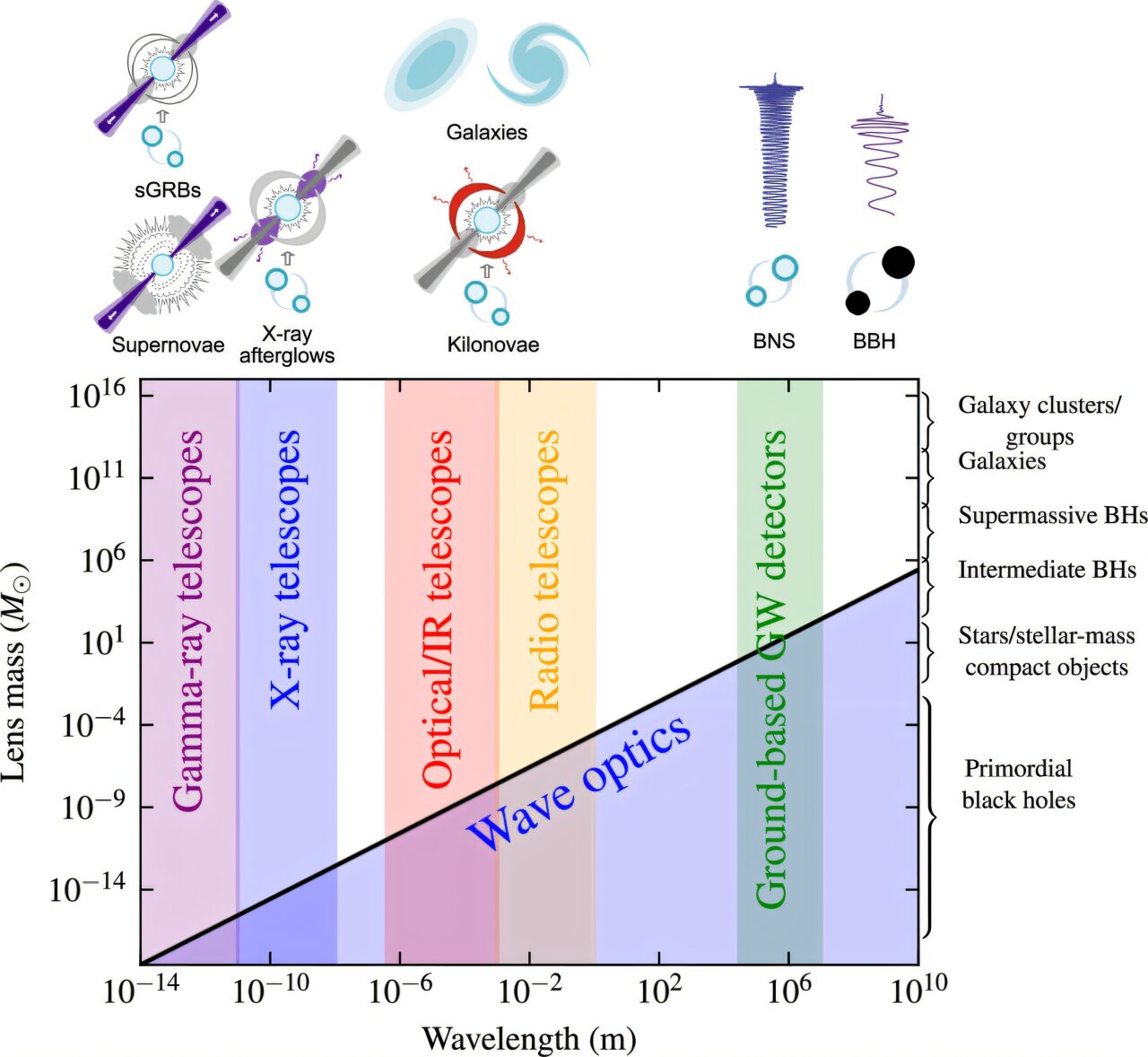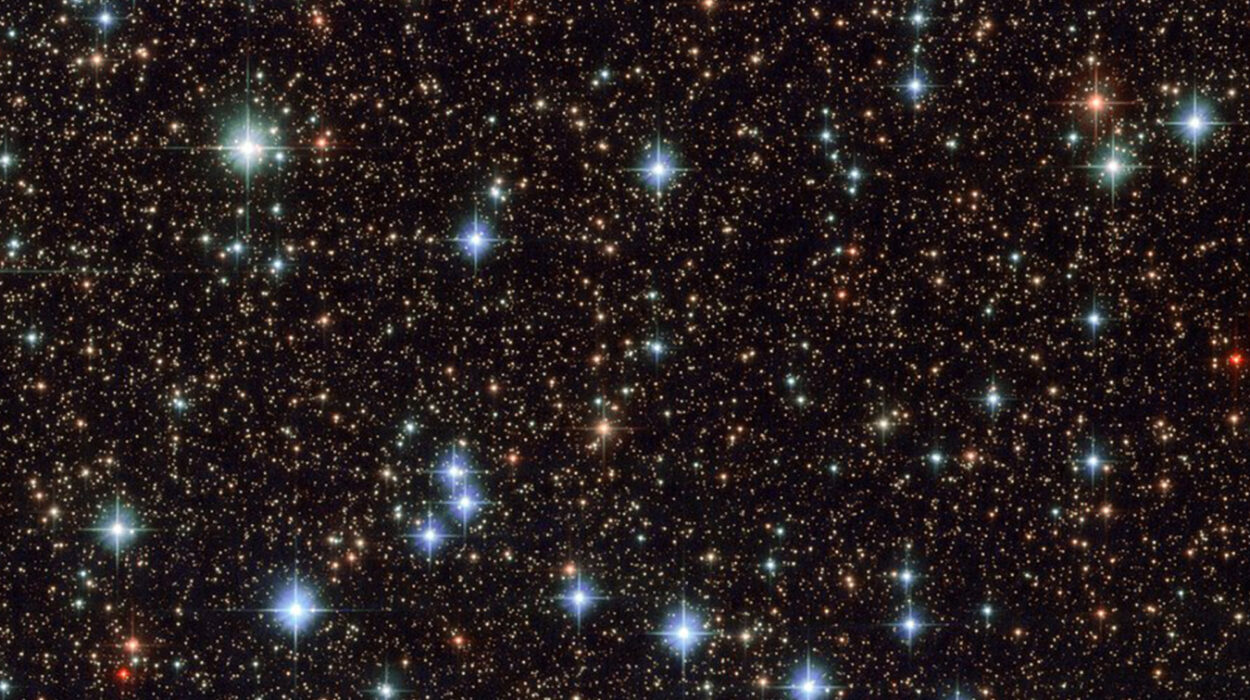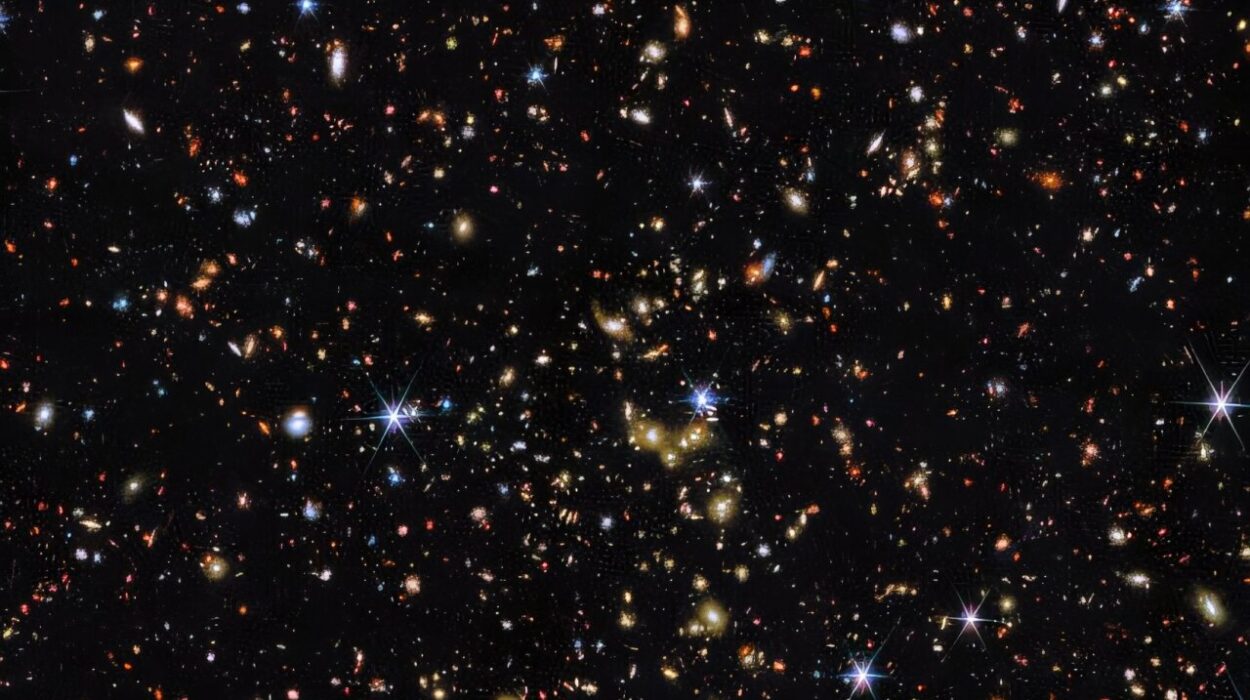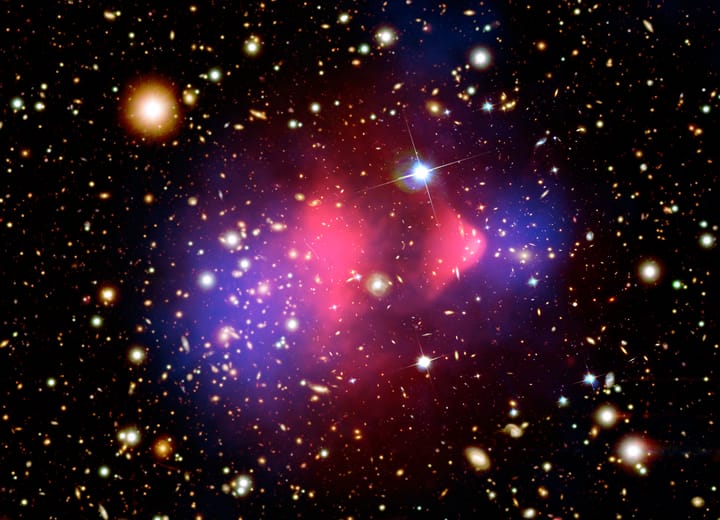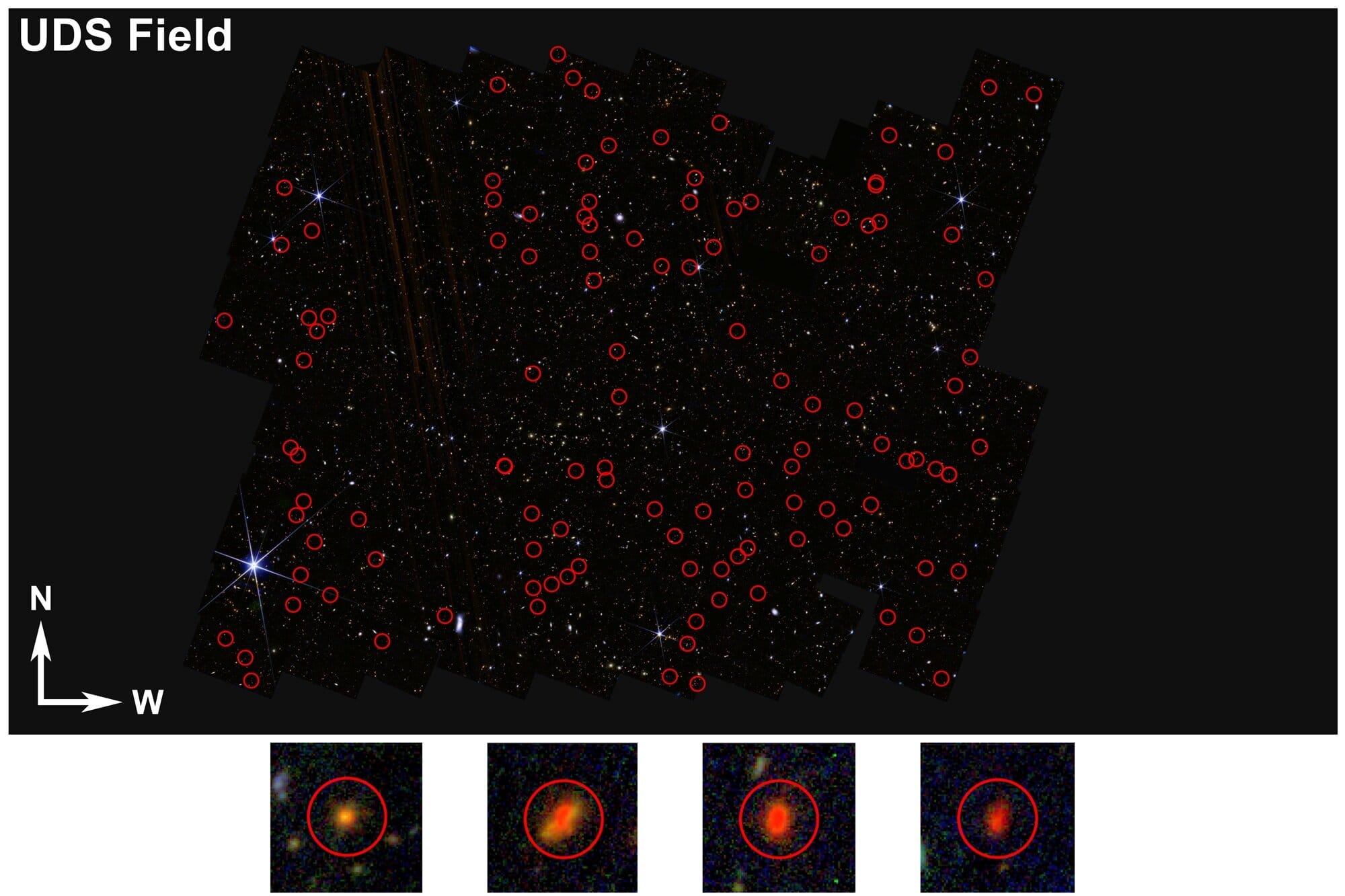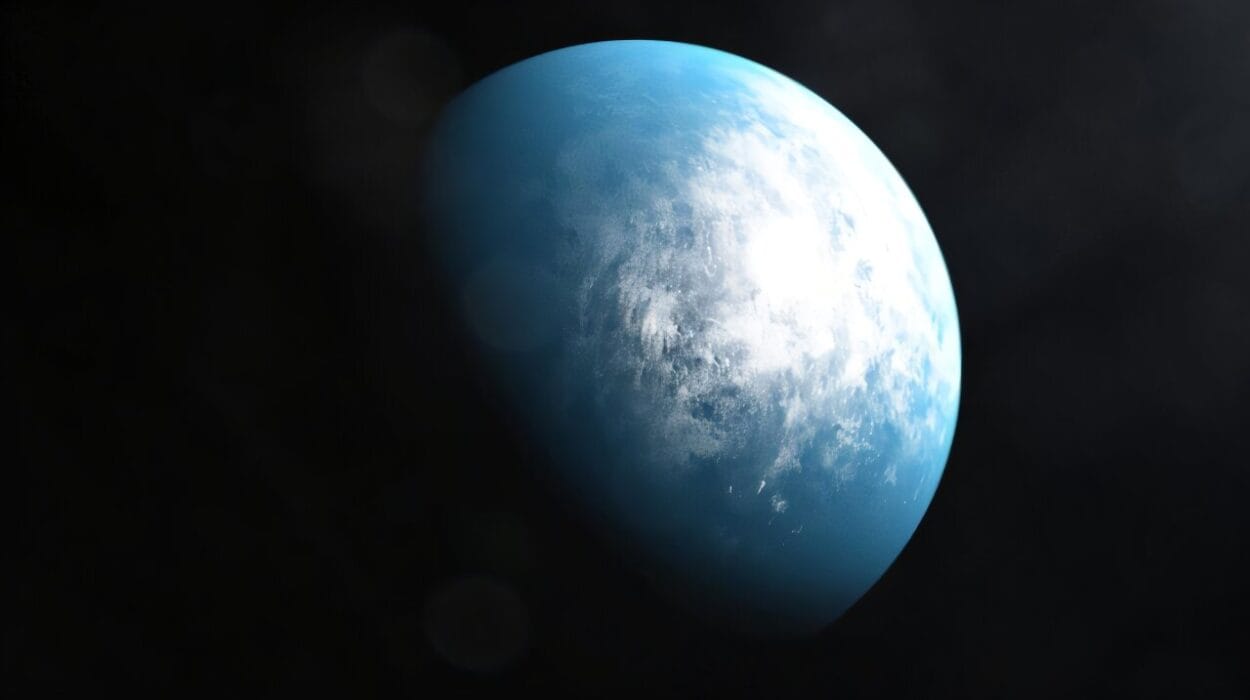It begins with a shimmer—a warped sliver of light, bent by the invisible gravity of galaxies so massive they distort the very fabric of space-time. But that shimmer, that gravitational mirage, is only half the story. Somewhere in that distorted light lies the echo of an explosion, the ripple of a black hole’s birth, the crackling aftershock of a cosmic collision.
And now, for the first time, we’re learning to read all of it at once.
A new study published in the Philosophical Transactions of the Royal Society A unveils the transformative potential of a technique called multi-messenger gravitational lensing—a blend of gravitational waves, light signals, and the universe’s own natural magnifying glass—to uncover some of the deepest truths in modern physics, cosmology, and astrophysics.
The research, led by an international team from the University of Birmingham and beyond, paints a bold picture of how observing the cosmos across multiple signals—and watching how those signals bend and multiply through massive cosmic structures—could unlock long-standing mysteries, from the nature of gravity to the birth of black holes.
“This innovative approach promises to deliver significant scientific breakthroughs over the next 5–10 years,” said Professor Graham Smith, an astrophysicist at the University of Birmingham. “We’re talking about exploring questions as big as the true nature of gravity, how fast the universe is expanding, and the very properties of dark matter.”
A Symphony of Signals
To understand why this matters, imagine the universe as an orchestra—an enormous, ongoing symphony of violent explosions, spinning stars, colliding black holes, and screaming jets of matter. For decades, astronomers listened with just one instrument: telescopes that captured light. But in recent years, we’ve added new instruments—gravitational wave detectors, neutrino observatories, gamma-ray detectors, and more.
Each of these “messengers” offers a different voice from the cosmos. Gravitational waves carry the deep bass of spacetime itself rumbling. Radio waves and X-rays offer the sharp notes of electromagnetic energy. Neutrinos glide through the universe almost undisturbed, whispering secrets from places light can’t escape.
Now, scientists are weaving these voices together into one grand cosmic narrative.
Gravitational Lensing: Nature’s Telescope
At the heart of this new method is an old cosmic trick—gravitational lensing. When massive objects like galaxy clusters sit between us and a distant source of light, their gravity bends and magnifies the signals behind them. It’s like nature’s own telescope, distorting and duplicating faraway events.
But what if those faraway events aren’t just flickers of light? What if they’re also ripples in spacetime—gravitational waves from colliding neutron stars or evaporating black holes?
That’s the power of multi-messenger gravitational lensing: to not only see these phenomena, but to hear them, measure them, and decode them across 30 orders of magnitude in energy.
“Something that was a novel side-thought 5 or 10 years ago is now the foundation for our next generation scientists,” said Dr. Gavin Lamb of Liverpool John Moores University.
Decoding the Universe’s Deepest Mysteries
One of the greatest scientific quests of our time is to determine how fast the universe is expanding. Known as the Hubble constant, this value has stubbornly differed depending on whether you use nearby galaxies or the early universe to measure it. Multi-messenger gravitational lensing might provide the missing link—an independent cosmic yardstick.
By observing lensed explosions—like gamma-ray bursts or neutron star mergers—and precisely timing their duplicated signals, scientists could fine-tune their understanding of distances and time delays across vast intergalactic spans.
Another tantalizing prospect is testing Einstein’s theory of general relativity in new regimes. Gravity, as we understand it, might not tell the whole story. Could multi-messenger observations reveal subtle cracks in the theory? Could they illuminate the elusive nature of dark matter, the invisible scaffolding that holds galaxies together?
Even more thrilling is the opportunity to peer into the birthplaces of black holes and neutron stars, tracing the high-energy dramas that forged them. With each duplicated signal, every warped light curve, scientists are finding fingerprints from the early cosmos—echoes from a time when the universe was younger, wilder, and full of fire.
Challenges on the Frontier
Of course, such a grand vision doesn’t come without hurdles.
One of the biggest challenges is coordination. These explosions and events happen quickly, sometimes in just milliseconds. Pinpointing their exact location, especially when they’re lensed and duplicated across the sky, is like trying to solve a cosmic jigsaw puzzle before the pieces disappear.
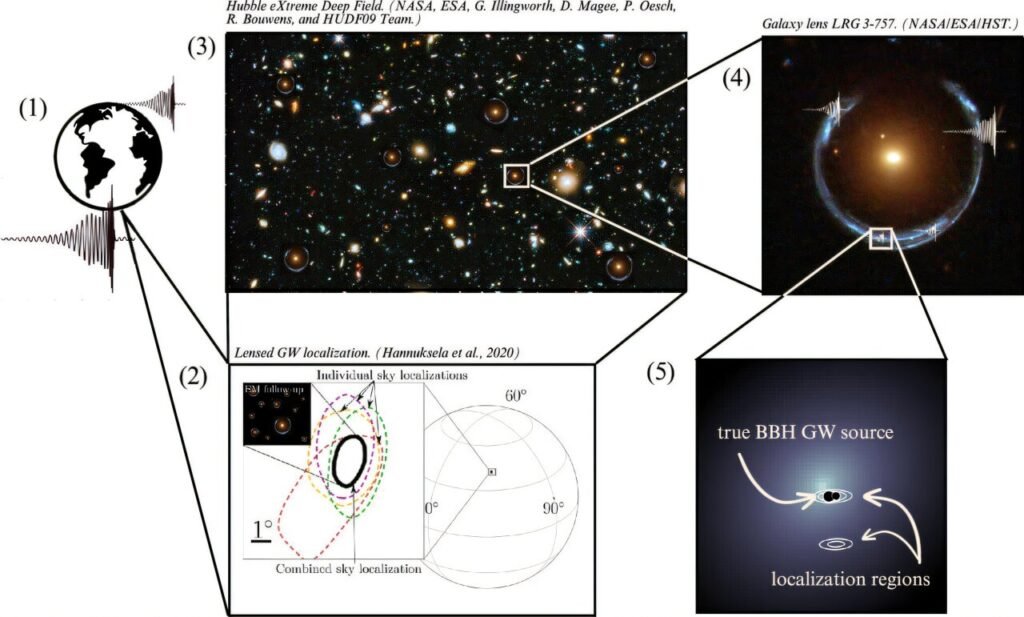
Then there’s the issue of collaboration. Multi-messenger science spans radio telescopes, space-based X-ray satellites, gravitational wave detectors, and theoretical physicists—all of whom speak different scientific “languages.” That makes data sharing, simulation design, and real-time cooperation a major task.
The researchers behind the study are calling for a new level of inter-disciplinary unity. “To overcome these challenges, we need better data sharing, new analysis methods, and detailed simulations,” said Professor Smith. “We need to bring people together from every part of the astronomical community.”
A New Age Dawns
Thankfully, the timing couldn’t be better.
The LIGO-Virgo-KAGRA network of gravitational wave detectors is becoming more sensitive with each upgrade. Meanwhile, the Vera C. Rubin Observatory, set to begin operations in late 2025, will revolutionize how we scan the sky. Its Legacy Survey of Space and Time (LSST) will capture an enormous stream of data, tracking changes in the night sky like never before.
This summer, the Rubin team plans to host a “first look” event, unveiling the earliest test images from the observatory’s powerful Simonyi Survey Telescope—an exciting glimpse into the future of time-domain astronomy.
For Helena Ubach, a postgraduate researcher at the Universitat de Barcelona’s Institut de Ciències del Cosmos, being part of this journey is personal. “I’m very excited to have had the opportunity to be part of this, and am looking forward to advances in the emerging field of multi-messenger gravitational lensing in the near future,” she said.
A Universe Awaits
The universe is speaking to us—not just in light, but in vibrations, particles, and mirrored illusions of distant catastrophes. And for the first time, we’re learning how to listen to all of it at once.
What we find might shake the foundations of physics, rewrite the story of how galaxies form, or even change our understanding of space and time itself.
Because when we look through nature’s warped window and hear the echoing voices of ancient collisions, we’re not just watching the universe unfold. We’re becoming fluent in its language.
And the story it’s telling is only just beginning.
Reference: Graham P. Smith et al, Multi-messenger gravitational lensing, Philosophical Transactions of the Royal Society A: Mathematical, Physical and Engineering Sciences (2025). DOI: 10.1098/rsta.2024.0134
